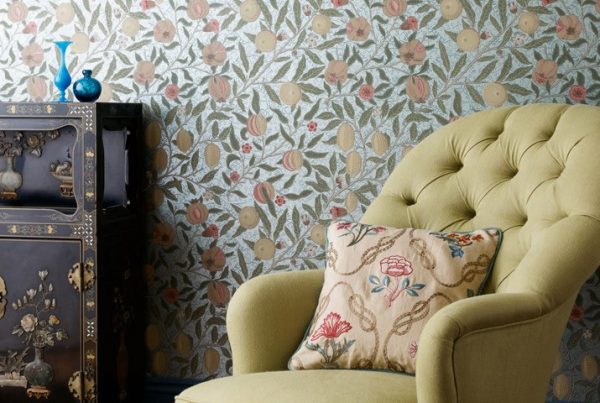### Record
Type:: [[Claims]]
## Note
> [!SUMMARY] Summary
> While wealthy people are a prominent audience for craft, this helps support the sector as a whole and raises our appreciation of the enduring value of skilfully made objects. At the same time, special attention needs to be given to the equal value of craft in everyday life.
### Examples
%% DATAVIEW_PUBLISHER: start
```dataview
list summary from #counterclaim AND [[]]
sort file.name asc
```
%%

William Morris [Luxury Wallpaper](https://kinteriordesign.ie/product/william-morris-luxury-wallpapers/)
There are many reasons to think that craft is something for rich people. Handmade goods are almost always more expensive than those that are mass-manufactured. Craft is often associated with elite taste and connoisseurship. Much craft development these days involves an appeal to the luxury market, and many events such as the [Loewe Art Prize](https://craftprize.loewe.com/en/craftprize2025) and [Homo Faber](https://www.homofaber.com/en/guide) are geared towards high-end collectors.
Certainly, luxury handmade goods can be elitist. This contradicts the democratic ideology exemplified in the Arts and Crafts Movement, as reflected in the controversy around William Morris, whose works were mainly made for upper-middle-class clientele. This was at odds with his socialist philosophy.
### What’s wrong with that?
Some argue that this isn't necessarily a bad thing. High prices that wealthy people pay for craft rewards excellence and therefore has trickle-down effects. It can help make craft businesses more sustainable, and many ancillary crafts also flourish as a result.
There's also an environmental argument that goods should be more expensive, as it will slow down our consumption. We'll begin to appreciate, as [[Glenn Adamson]] says, "fewer, better things," and return to the idea of craft as something suitable for conversion into intergenerational value as an heirloom.
### Wait on!
However, there is still the counter-argument that craft, relative to art at least, is more accessible. You don't need to have spent money on learning art theory in order to appreciate the beauty and function of a well-made object. The hobby aspect of craft often sits outside the commercial market. People share tips, watch YouTube videos, and participate at relatively low cost.
Generally, in terms of capitalism, craft focuses on the means of production rather than the commodity fetish that Marx discussed. The neighbourhood craft market still exists in many places as something quite accessible, often associated with farmers' markets. While it may not be accessible to the very poor, certainly most people would be able to afford what is being sold in a neighbourhood craft market.
### Yes, but…
There's a wide spectrum in craft, and it's possible that the luxury end is seen as more prestigious or of better value. What we need to do is articulate the value of more accessible craft that fits everyday needs, becomes part of a culture that people find identity in, and provides the maker with a place in their community.
The rare and common are part of the particular ecology of craft.